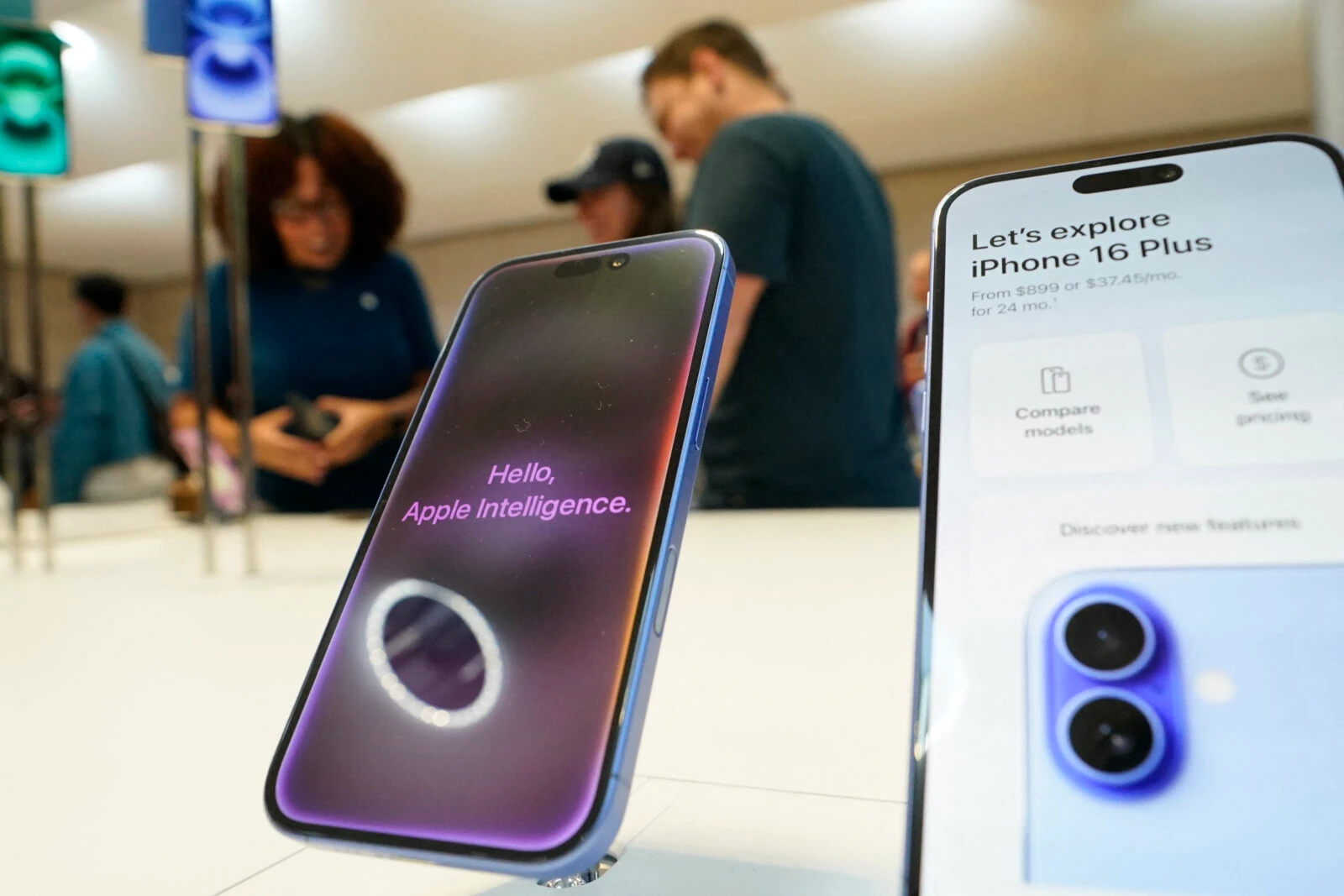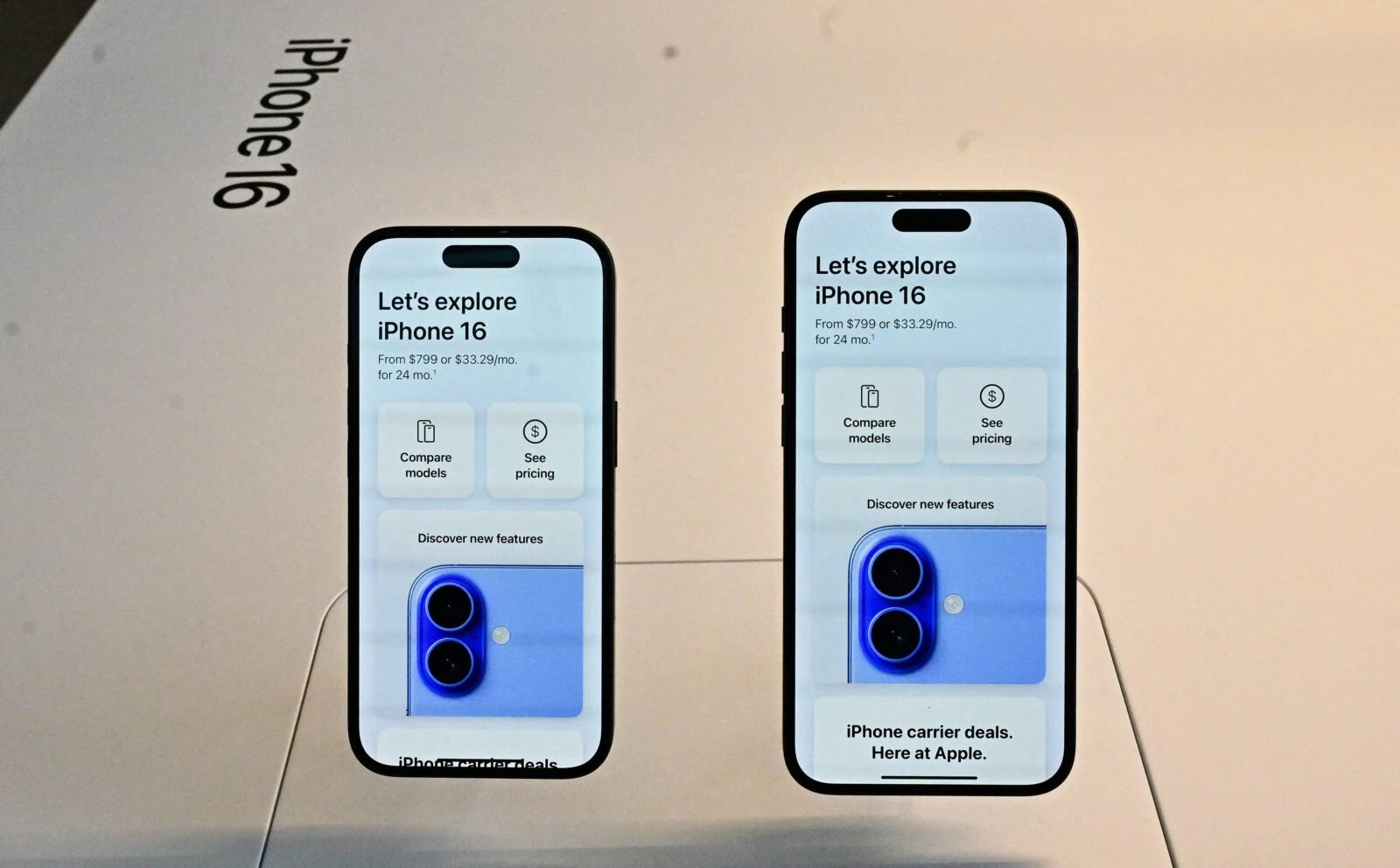U.S. smartphone titan Apple reported Tuesday that its first-quarter profit held above expectations but warned that Trump tariffs could cost the company and were disrupting its supply chain.
Speaking on an earnings call, CEO Tim Cook stated that the company estimates $900 million in damages from the tariffs in the next quarter, adding that the initial impact was limited at the start of the year.
Cook said he expected “a majority of iPhones sold in the U.S. will have India as their country of origin instead of China,” adding that Apple’s products were exempt from Trump’s most severe reciprocal tariffs for now.
“We are not able to precisely estimate the impact of tariffs, as we are uncertain of potential future actions prior to the end of the quarter,” Cook said. “Assuming the current global tariff rates, policies, and applications remain unchanged, and no new tariffs are introduced, we estimate the impact will add $900 million to our costs.”
The ongoing tit-for-tat between Washington and Beijing has led to U.S. tariffs of up to 145% on Chinese imports, while China has imposed retaliatory tariffs of up to 125% on American goods.
Each year, more than 60 million iPhones are sold in the U.S, with approximately 80% of them currently produced in China.

Other major U.S. tech companies—particularly semiconductor manufacturers—have also disclosed substantial projected losses. Nvidia anticipates a $5.5 billion impact, while AMD expects costs of around $800 million.
Stiff hikes for Apple are looming
Although high-end electronics such as smartphones, semiconductors, and computers have received a temporary reprieve from U.S. tariffs, not all components used in devices like the iPhone are exempt. Independent technology analyst Rob Enderle emphasized that as more components cross borders, the costs inevitably accumulate.
“The more components are crossing borders, the more cost flows through to the device,” Enderle said. “In the end, this all adds up to an expensive mess.”
Currently, the iPhone 16e—the latest model from the brand—is priced at $599 for the 128 GB version in the U.S.

According to Canalys research manager Le Xuan Chiew, Apple stockpiled inventory ahead of the tariff implementation. He noted that Apple is likely to continue relocating U.S.-bound production to India to mitigate future risks stemming from policy fluctuations.
While China remains the primary production site for iPhones sold in the U.S., manufacturing in India accelerated during the latter part of the quarter. Cook also noted that Vietnam is now the country of origin for nearly all U.S.-bound iPads, Mac computers, Apple Watches, and AirPods.
Still, China will continue to serve as the main manufacturing hub for Apple products sold outside the U.S., Cook emphasized.
“We realized some time ago that having everything concentrated in one location carries significant risk. Over time, we’ve diversified portions of our supply chain and opened new sources of production,” he told analysts. “That approach will likely continue going forward.”
Apple Q2 earnings surpass expectations
In a statement released Thursday, Apple confirmed that its revenue and net profit increased in the fiscal second quarter ending March 29, 2025.
The company’s revenue rose 5% year-on-year to $95.4 billion, while net profit climbed to $24.8 billion from $23.6 billion in the same period of 2024. Earnings per share increased to $1.65 from $1.53.
These results exceeded market expectations, driven largely by a strong performance in core product segments. iPhone sales rose nearly 2% year-on-year to $46.8 billion. Mac sales grew by nearly 7% to $7.9 billion, and iPad sales surged 15% to $6.4 billion during the three-month period.









